Financial Inclusion: How Payment Innovations Are Bringing Opportunity to the Unbanked


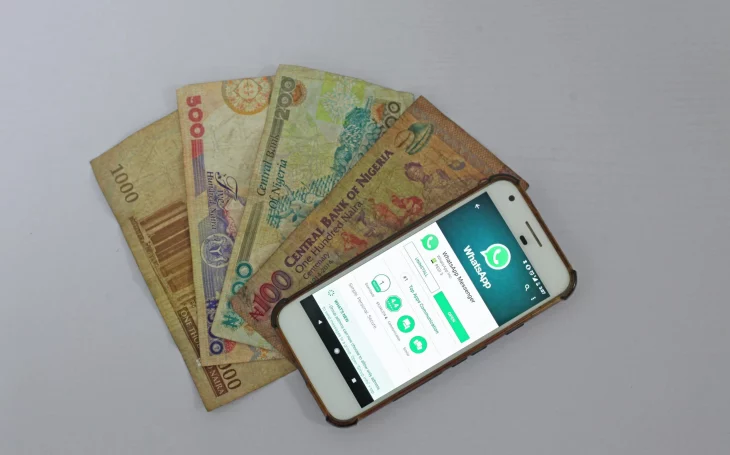
Bringing the Unbanked Into the International Financial Ecosystem
Having on-demand access to a variety of financial services is something that’s easily taken for granted. Most people in developed countries can sign up for new bank accounts, credit cards, and financing options with little to no inconvenience to them. If somebody has a brilliant idea, they can open a merchant account and start selling their new widget in no time. Tough competition in merchant processing means better customer service with offerings at friendlier rates.
It would be great if this was the case for everybody, but easy access to banking is less common than you may think. The 2017 Global Findex Database estimates that around 1.7 billion adults are without access to basic financial services. This significant chunk of the world’s population is referred to as the “unbanked”, and their latent (and untapped) potential to contribute to the global economy is substantial. So, who are the “unbanked”, and what can be done to connect them to the international financial network? The answer lies in a simple, but important financial tool: a bank account.
Table of Contents
The Power of a Bank Account
Access to transaction accounts like a traditional commercial bank account or a mobile money account leads to opportunities for underserved populations in many different ways. It gives individuals a secure place for their savings, access to lines of credit, the ability to start a business or take out a loan, and more. It gives at-risk segments of the population greater financial mobility and consumer protections while spurring development by helping people escape from poverty. New businesses and higher purchasing power mean more active participants and contributors to the global economy. Just imagine the opportunities if over 1 billion adults received access to a bank account. That’s 1 billion new customers, producers, sellers, and innovators. The possibilities are endless for what an influx of contributors of this magnitude could do to the global economy.
The Challenges of Global Financial Inclusion
Successfully providing access to financial products and services to people creates many challenges. These are the three basic steps required to achieve financial inclusion:
- Ensure that unbanked individuals can easily access transaction accounts.
- Help unbanked individuals with opening transaction accounts once they have access to them.
- Teach those individuals how to properly use the transaction accounts with financial literacy education.
Although simple in theory, there are many factors that make these tasks difficult. First, many unbanked individuals are rural, poor, uneducated, and lack critical infrastructure like internet access. This makes reaching people who need financial assistance a difficult task. Financial inclusion also requires coordination with the government while considering societal and religious factors in the region. An example of this is in Muslim-majority nations, where traditional banking is incompatible with Islamic traditions and practices. Sharia-compliant banking initiatives have increased financial inclusion by leaps and bounds in Muslim countries, especially amongst women who previously were severely underrepresented. Additionally, there needs to be cooperation with card networks and mass-market financial institutions. Even with all the moving parts and tough challenges involved, governments and organizations around the world are making strides towards financial inclusion. Below are a few of the initiatives that have made significant inroads towards an inclusive global financial ecosystem.
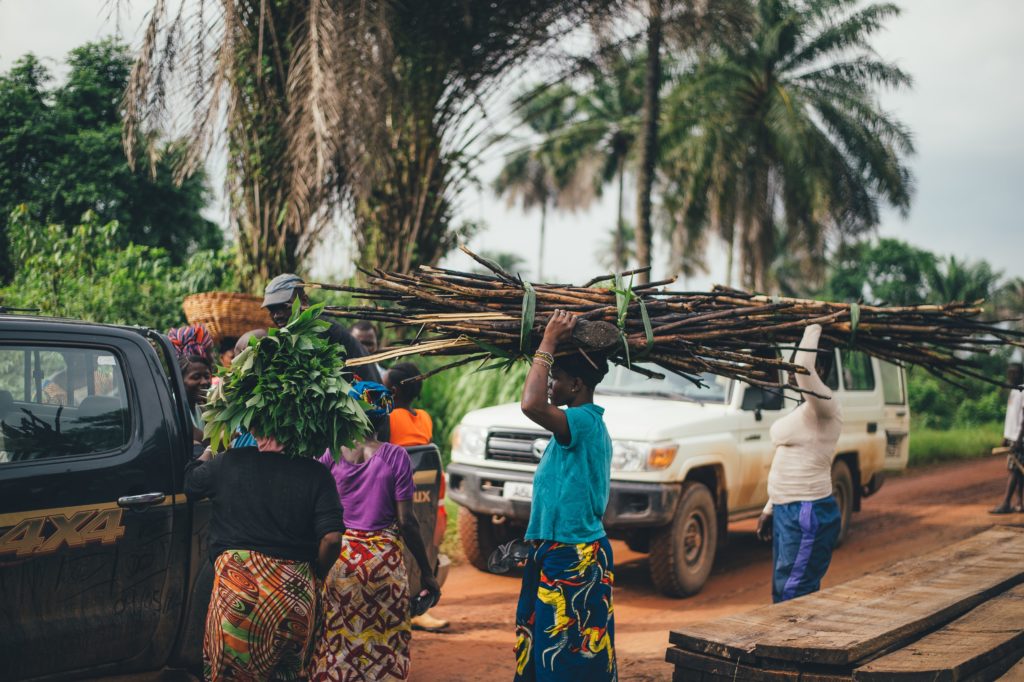
Improve Financial Mobility With Mobile Devices
Mobile is the key to bringing millions of unbanked families into the financial network, and taking a mobile-first approach to banking has accelerated financial inclusion significantly. Cell phones are omnipresent, portable, convenient, and relatively cheap. The internet grows by 500,000 new users every day, and 92.1% of them are accessing it via their mobile devices. Out of the world’s internet users, 96.2% of them own a smartphone, compared to 63.1% for a computer and 34.8% for a tablet. Seeing a breakdown of who can access the internet and through which mediums gives us a clear picture of how phones can revolutionize finance, but it doesn’t stop there. Many unbanked people don’t have internet access, but something as simple as a flip phone and a banking SIM card gives the owner the power to send and receive money via SMS without needing internet. Mobile money has made strides this past decade and is becoming more prevalent and accepted by governments and institutions every year.
Kenya’s Financial Transformation With Mobile Banking
The theory of mobile banking as a centerpiece for financial inclusion was put to the test in Kenya, where cell phones are very prevalent (82% of Kenyans have a cell phone, compared to 89% in America). Jay Rosengard, a lecturer at Harvard, studied the effectiveness of mobile banking in Kenya by observing how Safaricom’s M-PESA (a mobile banking service in Kenya) reduced economic pressures and expanded opportunities for its users. Rosengard found that financial inclusion increased by over 200% in three years, propelling Kenya well above its neighbors in account access rates. Mobile banking users were more resistant to economic downturns than their peers because they could send and receive money by text message from friends and family. The result was that households could spend more money, and household consumption became increasingly resilient and stable, regardless of external factors that could influence income, like drought or a family member losing their job.
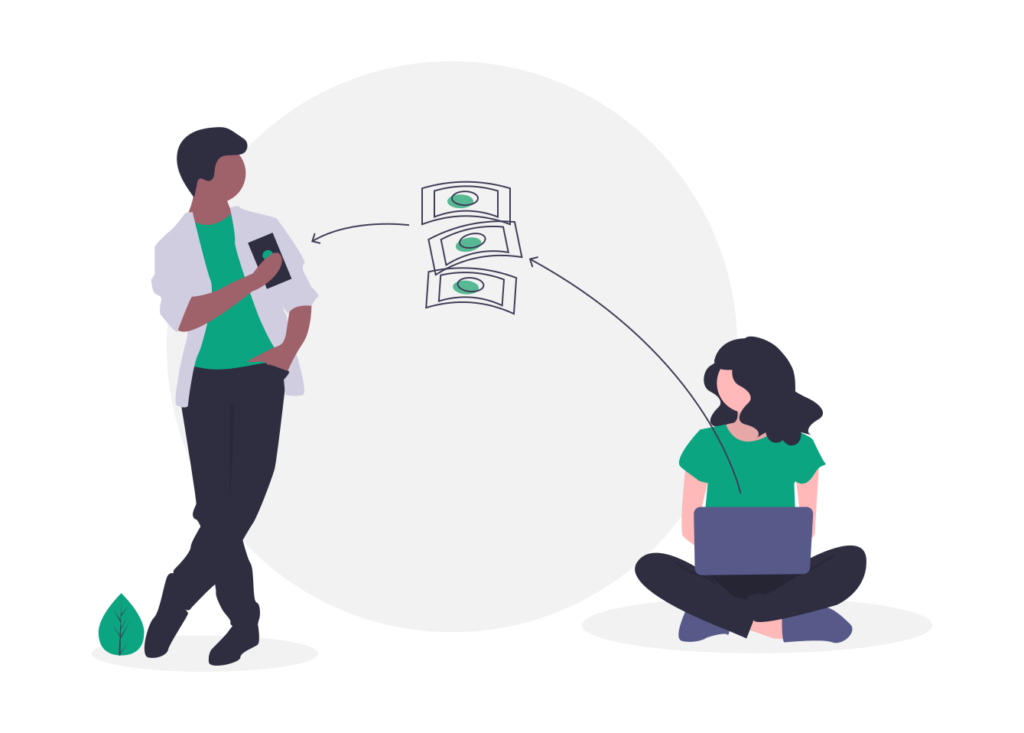
E-Payments to Incentivize Account Ownership
In addition to not having access to financial services, another roadblock for financial inclusion is that many in the unbanked population are indifferent or uninterested in bank accounts. Many unbanked individuals have access to financial services but choose not to enroll or participate. Reasons for this vary, from either not having enough money to justify an account, to lacking the documentation required to open one. Governments and organizations have historically invested significant resources towards encouraging digital finance and fintech adoption by the unbanked with mixed results. But, as payments become increasingly distanced as a result of the pandemic, this is quickly changing.
How the Philippines Is Encouraging Digital Payments
In countries such as the Philippines, many financially underserved sectors of the population don’t see a need to open a bank account. The Central Bank of the Philippines noted in 2020 that people cited “perceived lack of utility” as a primary reason why they don’t own a transaction account. Paper money is the most popular payment method in the Philippines, so withdrawing and depositing cash into an account seems like an unnecessary hassle to most Filipinos. Because of this, the government has focused on popularizing e-payments and fintech applications to expand the reach of digital finance. They’ve done this by reducing e-payment barriers to make it more convenient, and by increasing its prevalence. The Philippines government encouraged private-sector employers to pay wages through transaction accounts, promoted the digital disbursement of loans, and distributed government aid digitally. These initiatives resulted in millions of new transaction accounts with more opening every day.
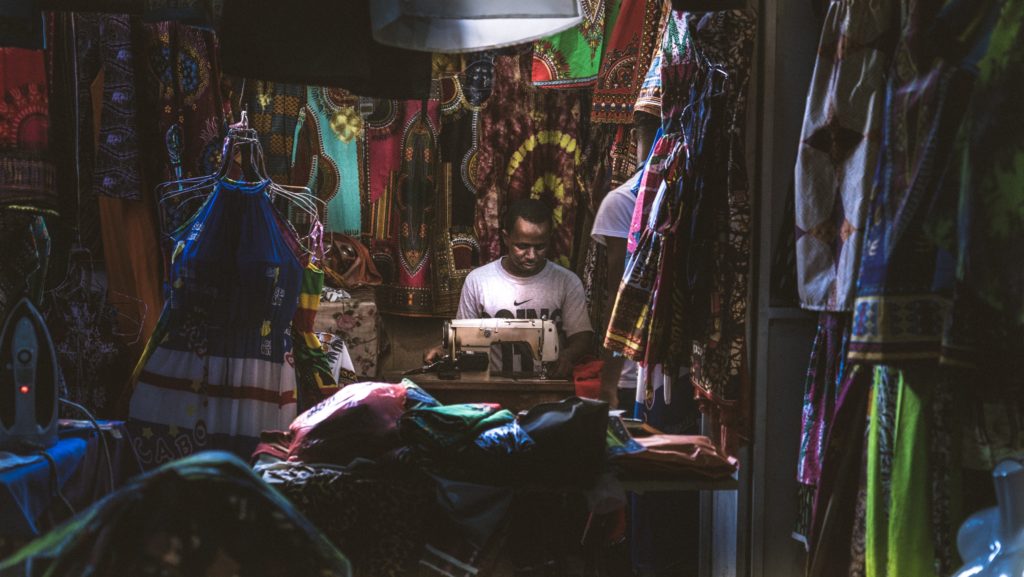
Creating Entrepreneurs With Microfinance
Microfinance services are crucial for fueling the entrepreneurial spirit and supporting up-and-coming merchants in economically poor regions. The first step in promoting microfinance is developing the widespread understanding that the poor are creditworthy. Many financial institutions hesitate to finance entrepreneurs in poverty-stricken areas because they’re inherently risky. However, some initiatives by governments and non-governmental organizations (NGOs) are working to change this misconception by demonstrating that poor microentrepreneurs’ creditworthiness hasn’t manifested yet because of a lack of opportunity, not because they’re naturally riskier. By incentivizing loans to low-income entrepreneurs while encouraging ease of use for both receiving and paying back the loans, the perfect conditions are created for an entrepreneurial renaissance in developing countries, and this is especially the case as microfinance moves to digital.
Digitizing microfinance will improve its accessibility and effectiveness in underserved areas. Many microfinance institutions are developing mobile apps for customers that automate crediting decisions in hopes of increasing adoption due to reach and convenience. Microfinance mobile apps also provide self-service options for payments and information search, which increases the scalability of the platform for small-scale microentrepreneurs. The result is more small businesses, more jobs, and additional income streams for poor communities.
Consumer Protections in Developing Markets
As with any financial instrument, there are risks from delivering financial services to inexperienced segments of the population. Without proper consumer protections, financial institutions can exploit new users with predatory rates or fees, or lock them into contracts and obligations that lead to inescapable debt spirals. Because of the vulnerability of unbanked populations, bringing financial literacy education to the unbanked alongside comprehensive consumer protections is equally as important as financial inclusion, especially when considering loans like microfinancing.
Fostering competition in a developing market is a good way to indirectly protect consumers. More choices lead to better customer service and a willingness to accommodate the needs of the customer while giving them a choice. Not being locked into unfavorable contracts or deals is important for the stability of the market and sustainability of the inclusion effort.
How the Covid-19 Pandemic Changed the Digital Finance Landscape
The COVID-19 pandemic has helped accelerate the shift towards digital payments over cash transactions globally, and governments are leveraging this opportunity to make digital finance more accessible to the masses. A recent study that analyzed data from over 70 countries found that a 24%-32% increase in mobile finance app downloads was observed as a direct result of the pandemic and related lockdowns.
Mobile money (money sent and received through text messages) is experiencing unprecedented levels of market penetration that was growing before the pandemic and accelerating ever since. In low-income economies like Rwanda, Uganda, and Liberia, mobile money accounts outnumber traditional commercial bank accounts by 2 to 1. As was mentioned previously, this was the case (although to a lesser extent) before the pandemic. However, the pandemic has changed the way the world sees business and money, and this includes governments of low to middle-income countries. Now, many governments are encouraging mobile money as a superior transaction medium to in-person payments to promote social distancing and pandemic mitigation measures. Additionally, many governments use mobile money to provide aid and social assistance to citizens during the economic downturn.
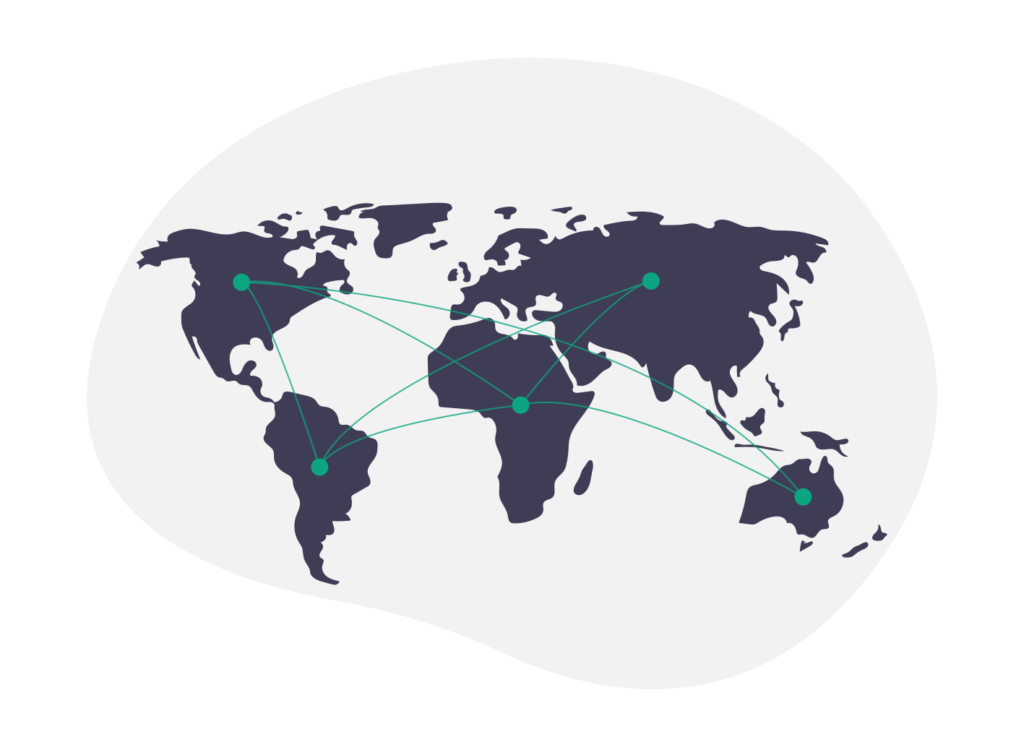
The Future Is Bright for Financial Inclusion
Financial inclusion is one of the most important modern global initiatives. By bringing unbanked individuals into the financial system, we can turn aid-dependent and generally net-negative areas into strong contributors to the global economy. Financial inclusion brings people out of poverty, protects them from a crisis, and fosters the development of human rights like equal gender opportunity. Helping the unbanked leads to benefits for everyone, and environmental shifts like the Covid-19 pandemic and increased accessibility of mobile phones are speeding up the financial inclusion initiative exponentially. Hopefully, this generation will see a world that’s comprehensively financially inclusive.
The Evolve Payment team chose to bring visibility to this topic because we believe that the world is irrevocably connected. We believed this before the pandemic, and even more so now. In this day and age, staying on top of the latest trends in finance is one of the only ways to keep ahead of the curve and deliver relevant insights and advice to our clients. If you’d like to learn more about the Evolve Payment process and what we bring to the table, don’t hesitate to reach out. We can’t wait to hear from you!
Photos by Annie Spratt, Benjamin Dada, and Danique Tersmette on Unsplash
